Whether they be technological, industrial, stylish, or social advancements, the 21st century has seen a number of new advances. Today, we can see that many of these changes have also had an impact on the construction and interior design sectors. When it comes to home improvement, you have a lot of alternatives, so you can pick exactly what you want. Additionally, decorative wall plasters blur the line between modern design and classic décor elements like paint and wallpaper while opening the door to interesting new possibilities.
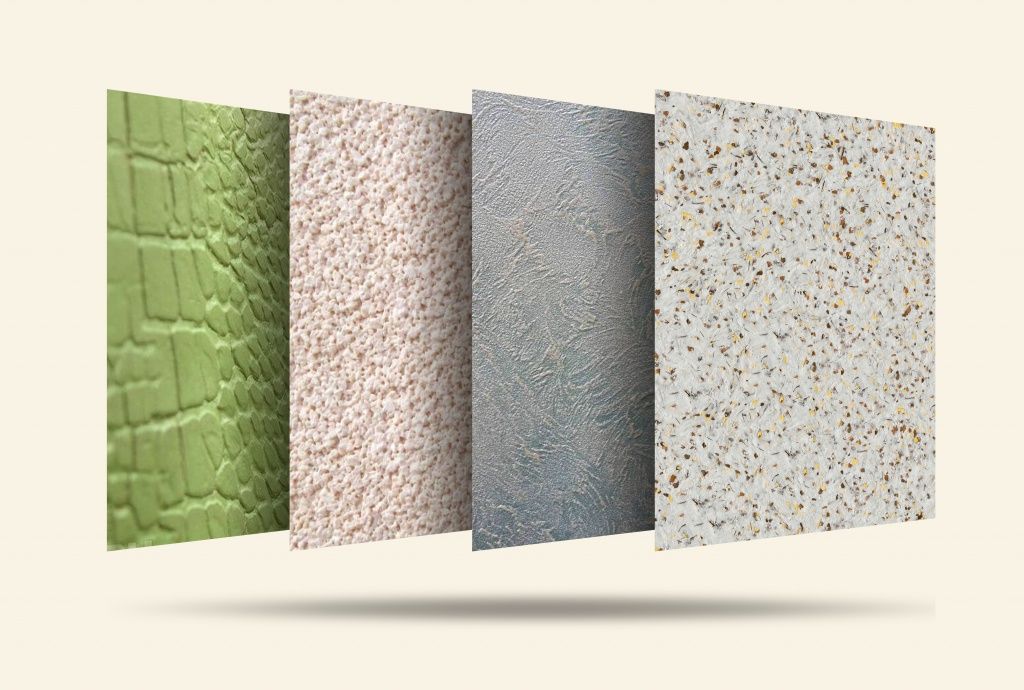
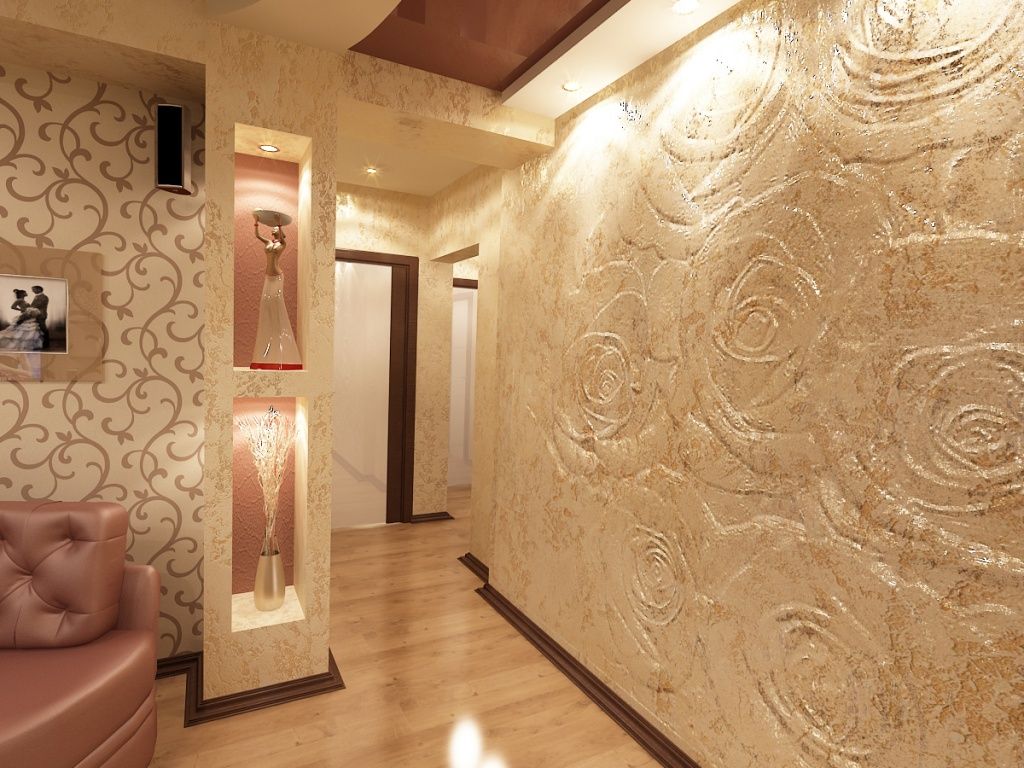
Plasters all function the same manner despite being made of various materials. The wet, paste-like first stage or pre-application of gypsum plaster, veneer plaster, venetian plaster, and silk plaster all enables smooth and occasionally difficult application depending on the intended result. You can utilize the surface immediately away after the plaster has dried.
Plasters differ from one another, nevertheless, because the majority are used for finishing and constructing rather than for interior design. Veneer plaster, for instance, is frequently used to produce a smooth, monochromatic surface that will serve as the basis for any wall coverings.
Gypsum plaster can be used in many different ways, blurring the line between interior and exterior building materials. Although it has only lately been reintroduced into interior design through various decorative plaster mouldings for walls and ceilings, gypsum plaster is most usually used to create a smooth, defined wall surface. For a better idea, picture an old temple or palace with intricately carved roof lines and arches. Two examples are the palaces at Fontainebleau and Versallies. The fact that these mouldings were painted with silver and golden tones to further emphasize their sumptuous appearance is also evident in places like these.

Finally, silk plaster and venetian plaster are intended to make your interior gleam even if they can be applied to outside surfaces. Depending on what you're looking for, these decorative wall plasters could be the winner thanks to their eye-catching design.
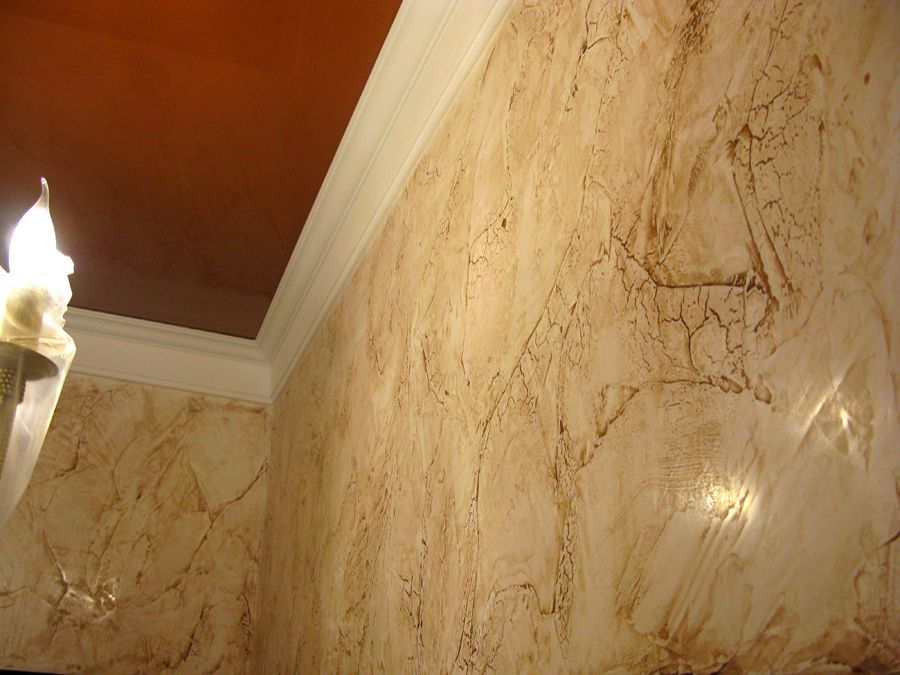
Contrarily, the environmentally beneficial elements of silk plaster consist of fabric, cotton fibers, and decorative mineral additions. This wall cover is the only one that provides the same exquisite visual depth and unique soft-to-the-touch texture.
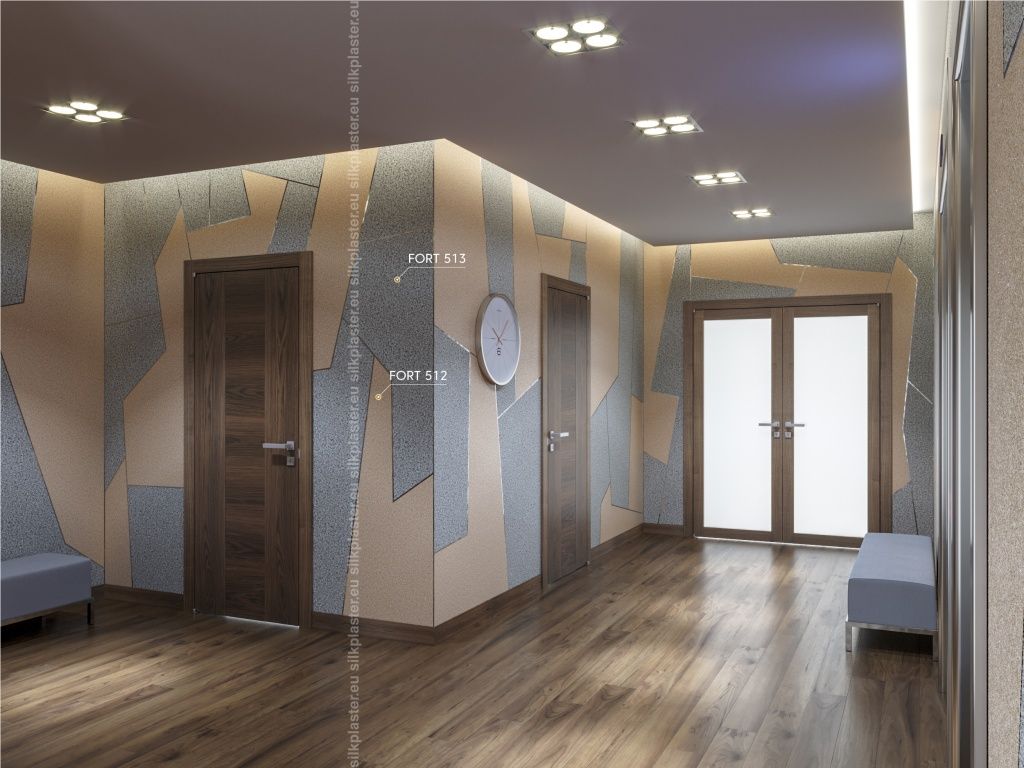
Applying decorative plaster to walls is typically the same as applying decorative plaster to other surfaces, such as ceilings, notwithstanding minor nuances in how each wall should be prepared.
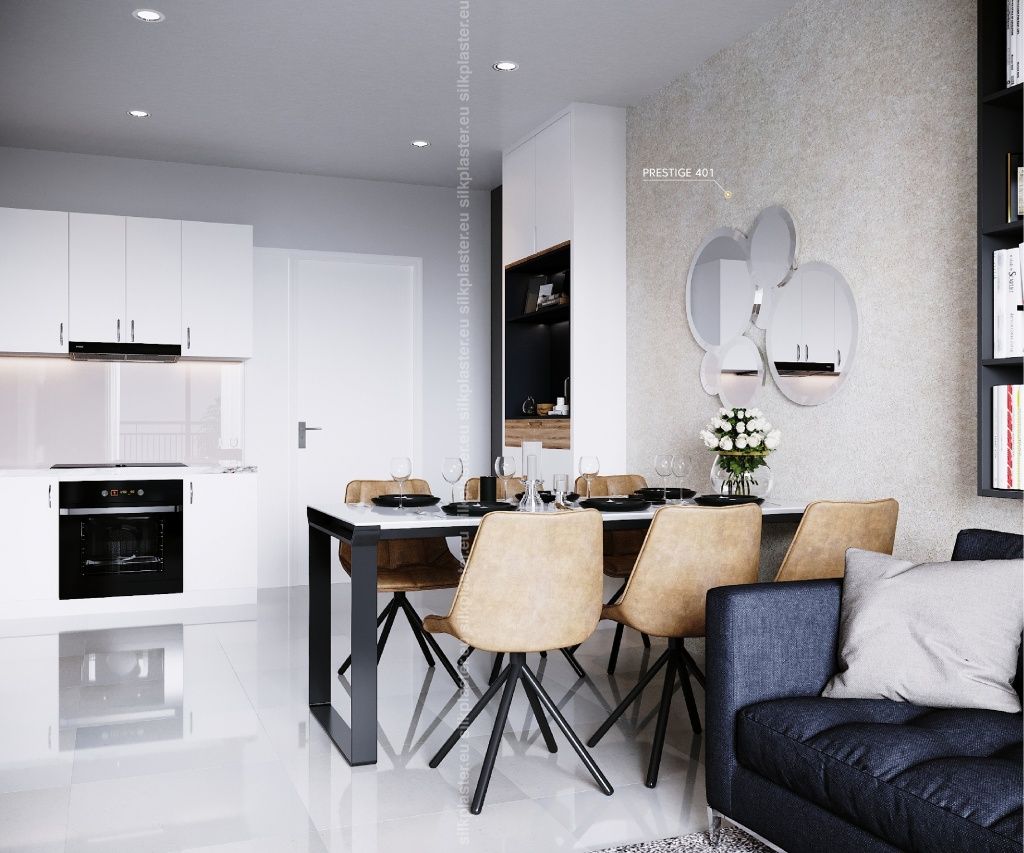
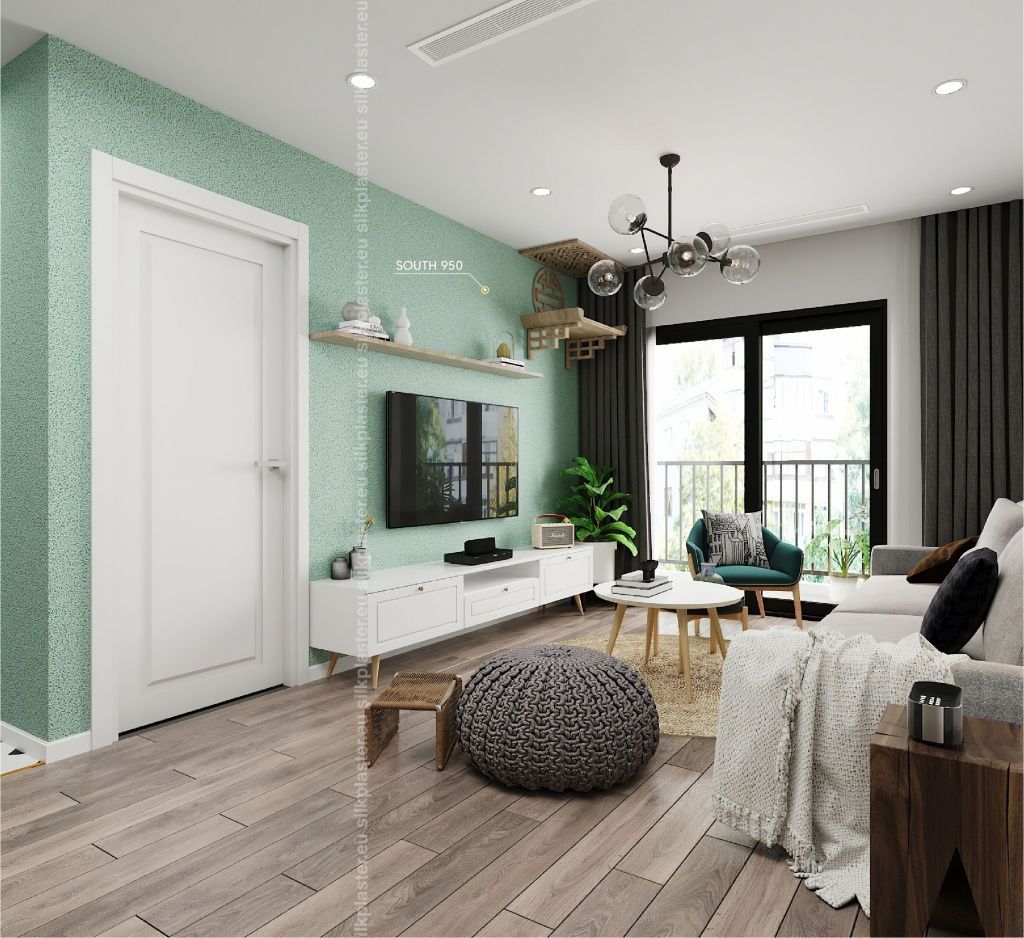
When going for a chic, classic look, a single color wall will never let you down. In these circumstances, using a two-color scheme is a popular alternative, where either half the room is different (i.e., 2/4 of the walls), or perhaps just one wall, so instantly establishing a focal point in the area.
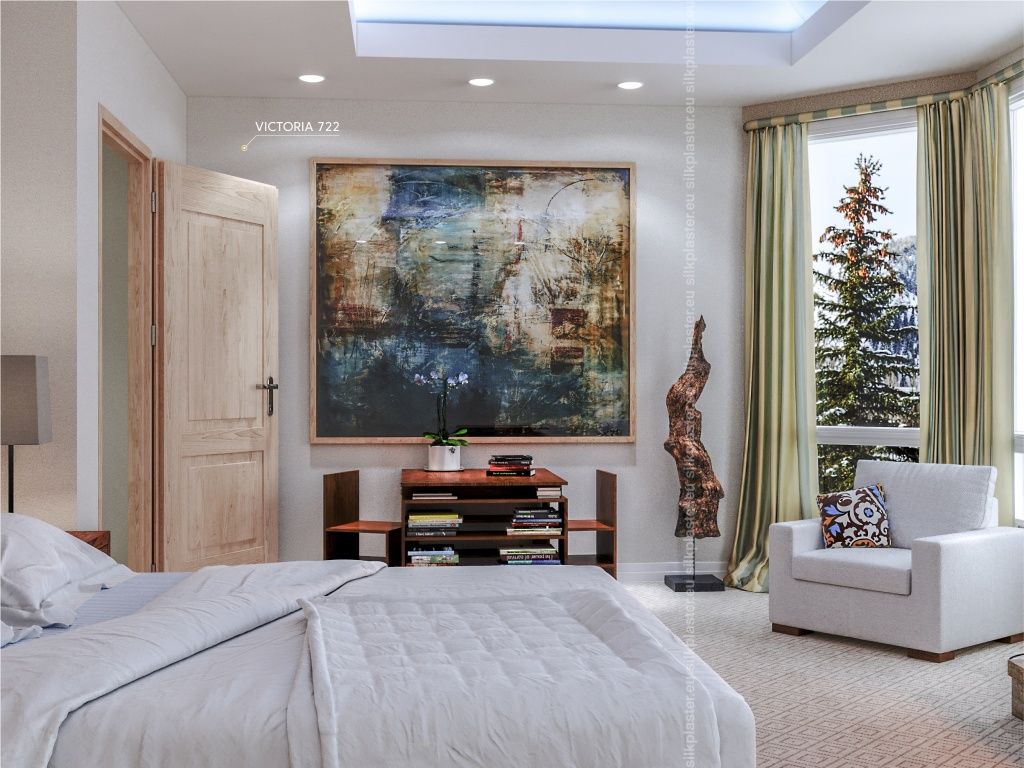
Prepare the material by adding clean, room-temperature water to a plastic container. The water requirements for each type of ornamental plaster are indicated on the container. Then pour the contents of the packet into the water. If your chosen decorative plaster wall design calls for glitters, include them.
Make sure the mixture is adequately blended by hand to avoid glue clumps. On the container, it will be noted which wall decorative plaster materials require the use of a mixing nozzle on a drill.
Keep in mind that you cannot partially mix one product with another! Therefore, if you need more than one package of Silk plaster, combine them all at once. A single wall or ceiling should be entirely covered with the same mix of material. After that, keep the moist material in a container or bag with a tight-fitting lid for 12 hours.
Before use, the substance should be thoroughly mixed by hand or with a mixer drill. Using a plastic trowel, uniformly distribute small amounts of the combined mixture across the surface. After a couple of hours, trowel the surface while wetting it. The material must be used within 48 hours of soaking.


To increase durability and get ready for potential future wet cleaning, apply a plaster wall finish, like Silk plaster varnish, to the surface.
Elaborately carved plaster ceilings or walls
Experts can use slightly more complex geometric designs to produce really unique and beautiful settings.
Although the surface and materials preparation are the same, you must mix two different colors in separate containers, not just two or more packages of the same color.
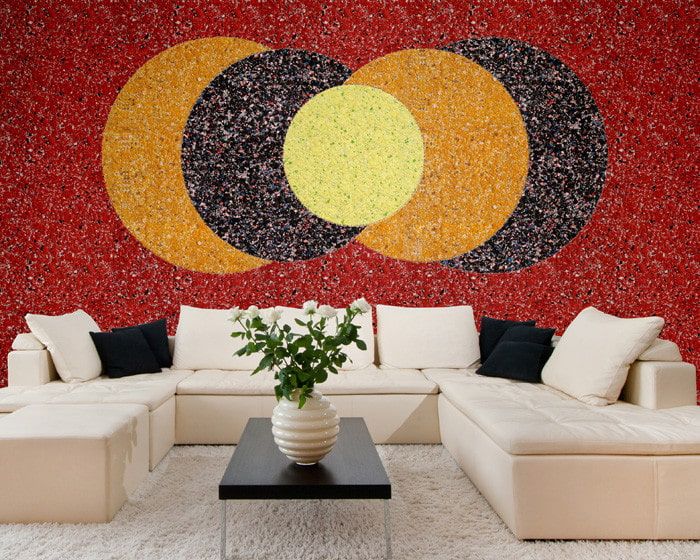
1. application in one color with basic stencils. In other words, applying the prepared liquid wallpaper mix to a stencil after it has been hung along the wall is pretty simple;
2. By using multicolor stencils, you may create images that are vivid, bright, and rich. Numerous stencils must be built on top of one another in order to add the needed number of layers to the image. You must wait until the previous layer has dried before applying the fresh one in order to prevent destroying the image in the event of overlapping;
3. Volumetric patterns or drawings in three dimensions are more difficult to build since putty is needed. However, you can simply use a volumetric stencil to highlight particular characteristics on the wall rather than manually designing it;
4. Reverse stencils enable coloring around the cut-out rather than over it as with straightforward stencils. As a result, the backdrop rather than the foreground is highlighted.
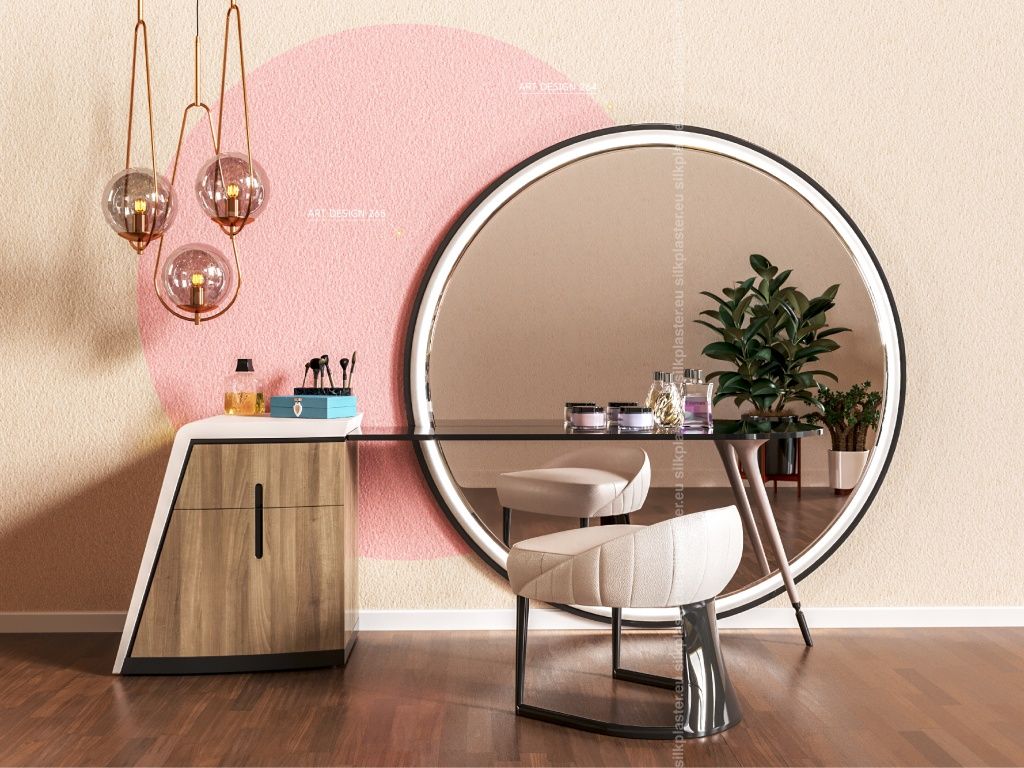
The end of this essay should have given you a greater grasp of the differences between traditional and decorative plasters, as well as how decorative plasters may be used to decorate both your walls and ceilings with distinctive and imaginative designs. If you have any additional inquiries about Silk plaster decorative wall cover goods, don't be afraid to contact our team.
Submit your details below and we will get in touch with you within 1-2 working days!
